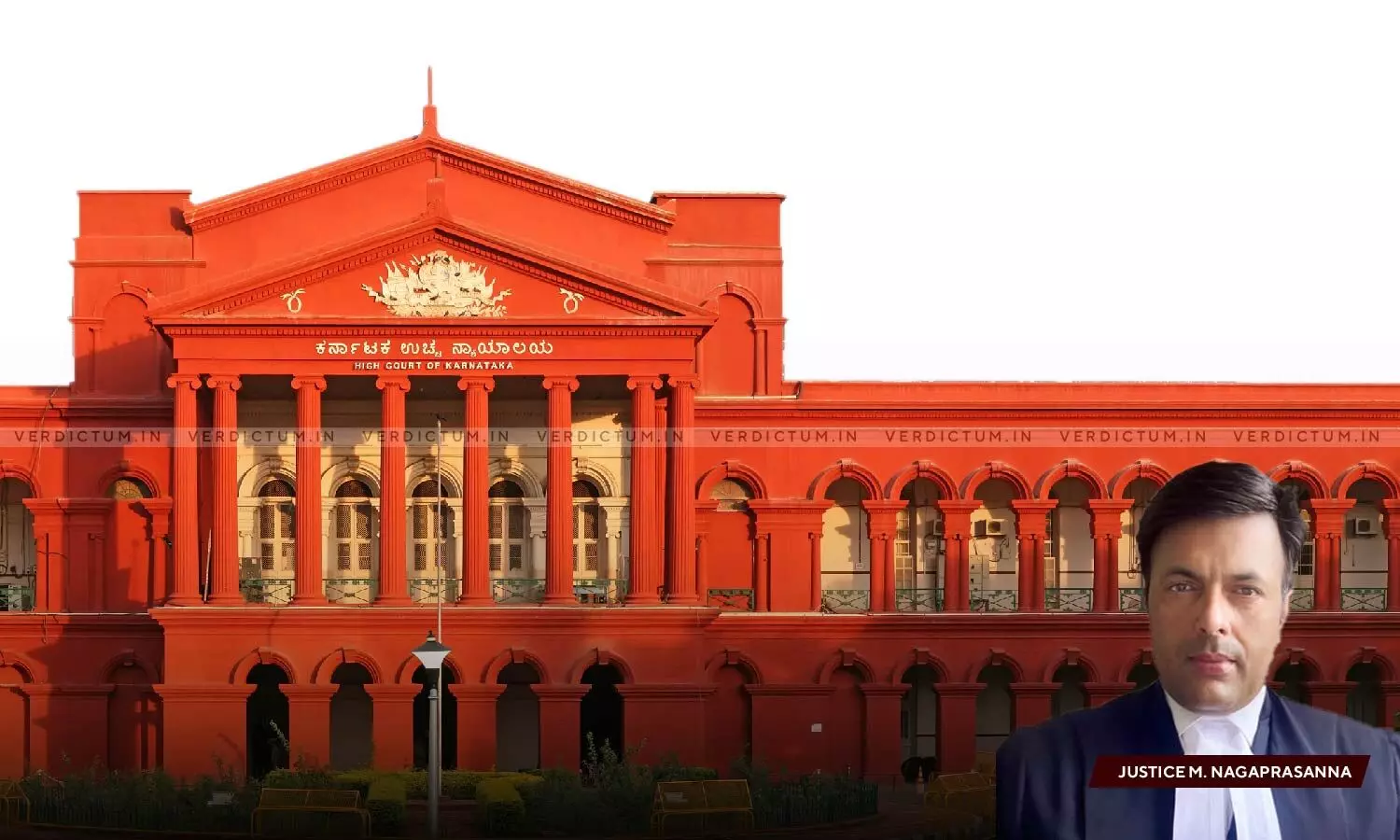
Magistrate While Taking Cognizance Should Have Statement Of Oath Of Complainant: Karnataka HC Explains Procedure U/S. 223 BNSS
 |
|The Karnataka High Court observed that under section 223 Bharatiya Nagarik Suraksha Samhita, 2023 the magistrate while taking cognizance should have the statement of oath of the complainant with him.
The Court was hearing a Criminal Petition filed under Section 482 CrPC or Section 528 of BNSS praying to set aside the order passed by the ACJM.
The bench of Justice M. Nagaprasanna observed, “The Magistrate while taking cognizance of an offence should have with him the statement on oath of the complainant and if any witnesses are present, their statements. The taking of cognizance under Section 223 of the BNSS would come after the recording of the sworn statement, at that juncture a notice is required to be sent to the accused, as the proviso mandates grant of an opportunity of being heard.”
Advocate Venkatesh P. Dalwai appeared for the Appellant and Advocate Niveditha C. Shivanaikar appeared for the Respondent.
Brief Facts-
The Respondent, Shivananda S. Patil, a Karnataka Legislative Assembly member, filed a complaint against fellow MLA Basanagouda R. Patil under Section 223 of the Bharatiya Nagarika Suraksha Sanhita, 2023, for alleged defamatory remarks made during an election rally. The issue before the Court is not the merits of the complaint but the interpretation of Section 223, equivalent to Section 200 of the Cr.P.C. The Petitioner challenged the procedure, particularly the issuance of notice upon registration of the complaint on the ground that it violates legal norms.
The Court noted that the obfuscation generated in the case at hand is with regard to the interpretation of Section 223 of the BNSS, as to whether on presentation of the complaint, notice should be issued to the accused, without recording the sworn statement of the complainant, or notice should be issued to the accused after recording the sworn statement, as the mandate of the statute is, while taking cognizance of an offence the complainant shall be examined on oath.
The Court gave the procedural drill as:
“A complaint is presented before the Magistrate under Section 223 of the BNSS; on presentation of the complaint, it would be the duty of the Magistrate / concerned Court to examine the complainant on oath, which would be his sworn statement and examine the witnesses present if any, and the substance of such examination should be reduced into writing. The question of taking of cognizance would not arise at this juncture. The magistrate has to, in terms of the proviso, issue a notice to the accused who is given an opportunity of being heard. Therefore, notice shall be issued to the accused at that stage and after hearing the accused, take cognizance and regulate its procedure thereafter.”
The Court noted that in the present case, the moment a complaint was filed notice was issued to the accused.
The Court said that the petition deserves to succeed on the ground of procedural aberration and the matter should be remitted back to the hands of the concerned Court to redo the exercise from the beginning, bearing in mind the observations made in the course of the order.
Accordingly, the Court allowed the Criminal Petition.
Cause Title: Basanagouda R. Patil v. Shivananda S. Patil